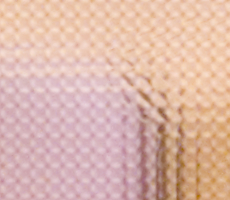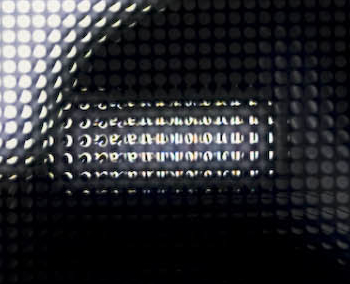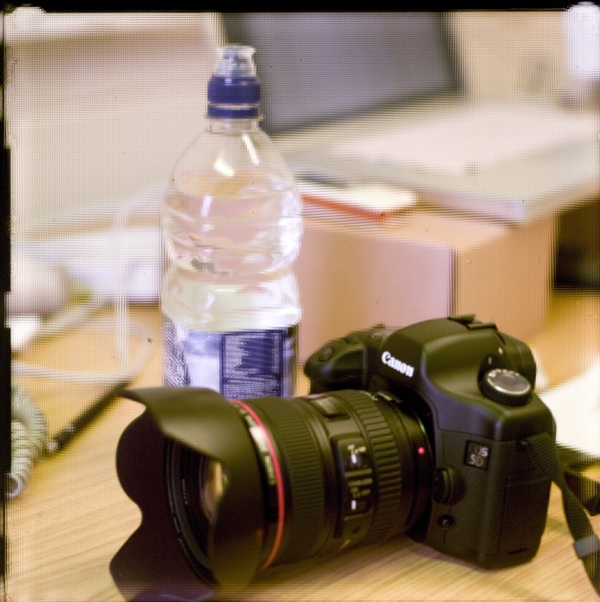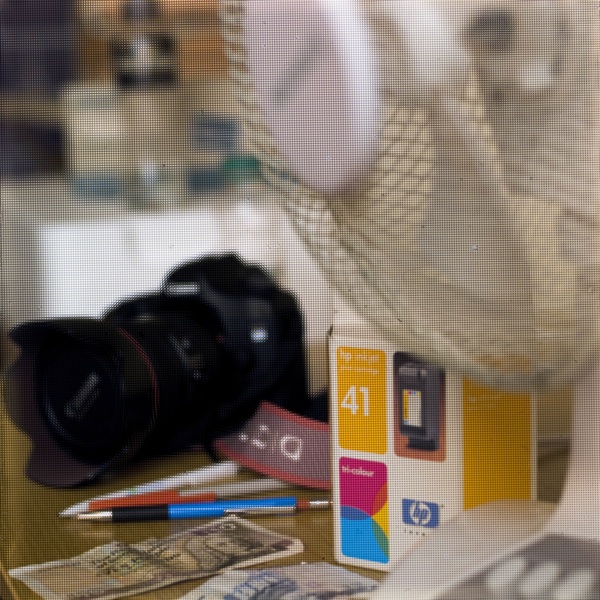Computational photography is a new emerging field that combines computing, digital sensor design, and controlled illumination to enable novel imaging applications. One can enhance the dynamic range of the sensor, digitally vary focus, resolution, and depth of field, analyze reflectance and lighting.
In the following we briefly describe our in-house light-field camera.
|
Picture of the digital back (Megavision E4, 16MP Color CCD) without protective cover glass.
The CCD has 4096 x 4096 pixels and a surface of about 3.68 cm x 3.68 cm (the side of one pixel is 9 micrometers).
|
|
|
|
|
|
Picture of the digital back with our interface for the Hasselblad H2 camera body. The interface has an inner frame
carrying the microlens array that can freely float in space (can be both translated and rotated in 3D). Each side of
the inner frame is accessed by 3 screws, where the middle one determines the height and the other two
the shift of each corner. The screws can be accessed from the outer edge of the interface so that alignment
can be fine-tuned even when the digital back is attached to the camera body. The microlens array has
about 300 x 300 circular microlenses.
|
|
|
|
|
|
Assembly and alignment is done in collaboration with Dr. Taghizadeh at a class 100 clean room facility.
|
|
|
|
|
|
(Top) A light-field picture with incorrect f-number matching between the microlens array and the main lens of the camera.
(Bottom) Magnified detail of the image on the top; the overlap of the subimages generated by adjacent microlenses is
quite visible.
|
|
detail: corner of the box behind the camera. Images of adjacent microlenses overlap.

|
|
|
|
(Tom) A light-field picture with matched f-number between the microlens array and the main lens of the camera.
(Bottom) Magnified detail of the image on the top; the inversion and repetition of the brand name (canon) is due
to the microlens array. We are testing several microlens arrays. The array used to take this picture has no
opaque material in the gaps between the microlenses and therefore light leaks through. Color artifacts are not present
in the raw data and are due only to format conversion and compression. The microlens array has not been accurately
aligned when taking this image (compare to image above which is instead aligned).
|
|
detail: camera brand name. Each microlens generates a sharp image of the main lens.

|
|
|

